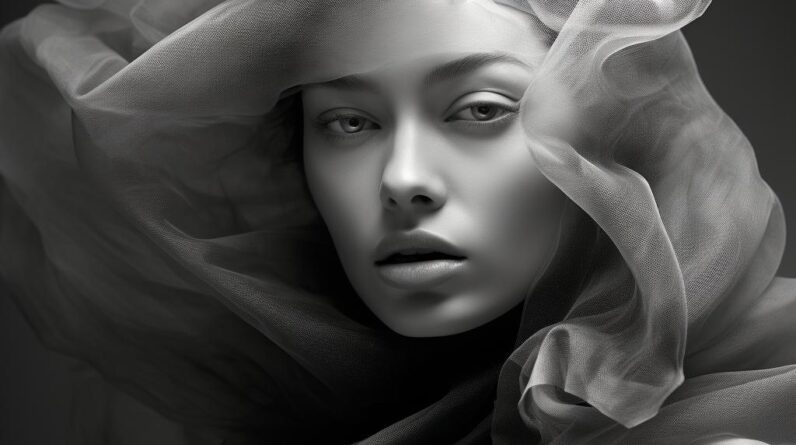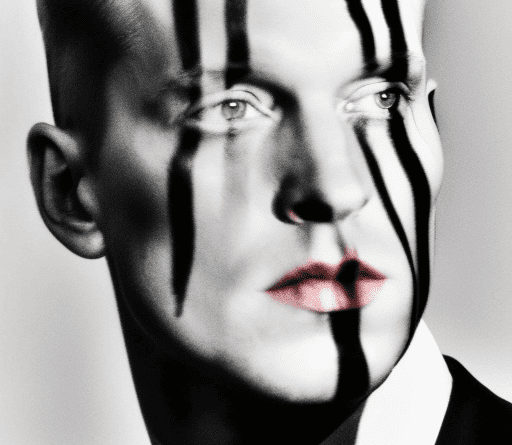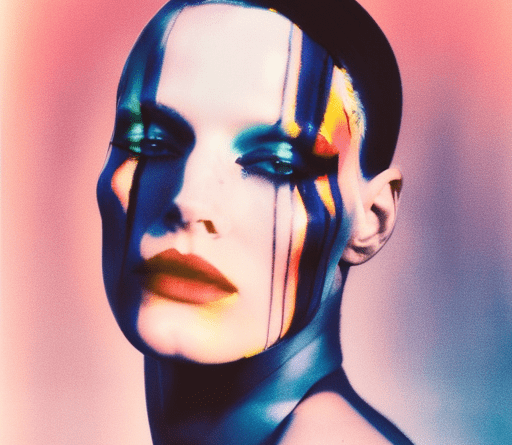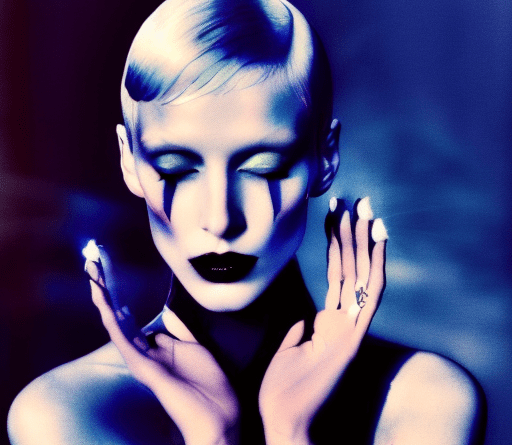Fashion and politics have always made for strange bedfellows. While one is seen as superficial and seemingly inconsequential, the other is considered the backbone of any functioning society. However, the truth is that fashion has the power to make powerful political statements and has been used as a tool to communicate messages and ideologies throughout history. In this article, we’ll explore the ways in which fashion and clothing choices can make political statements and the impact they have on society as a whole.
The Power of Clothing
Clothing has always been a way for people to express themselves. From the way we dress for job interviews to dressing up for a date, clothing is often seen as a reflection of our personality and values. However, clothes can also be used as a way to convey political and social beliefs. For example, during the 1960s, the hippie movement made waves with its distinctive clothing style, which represented their desire for peace and love.
The Role of History
History has also shown that clothing can be used as a form of protest. For example, in the 1950s and 1960s, civil rights activists used their clothing to make a statement. African Americans dressed in their best clothing to participate in sit-ins and freedom rides. The clothing represented their dignity and pride, and sent a message that they were just as deserving of respect and equal rights as anyone else.
Fashion and Political Statements
Today, fashion designers and influencers often use their clothing choices to make political statements. For example, the “Make America Great Again” red hats created by Donald Trump’s campaign in 2016 became ubiquitous, both as a sign of support for the president and as a symbol of division among Americans. Conversely, in 2020, Black Lives Matter T-shirts and hoodies became a common sight at protests against racial inequality.
Political Influence
Even political figures use fashion as a way to make political statements. Former first lady Michelle Obama often chose to wear clothing made by up-and-coming minority designers during her time in the White House, sending a message about the importance of diversity and inclusion. Similarly, during the 2018 State of the Union address, many Democratic women in Congress wore white in honor of the suffragette movement and to protest against the Trump administration’s policies.
Conclusion
In conclusion, fashion has always been about more than just looking good. Clothing choices can represent our personality and beliefs, and have been used throughout history as a form of political expression. Today, fashion continues to be a powerful tool for political messaging and social change, with clothing often serving as a visual symbol for protests and political movements.






